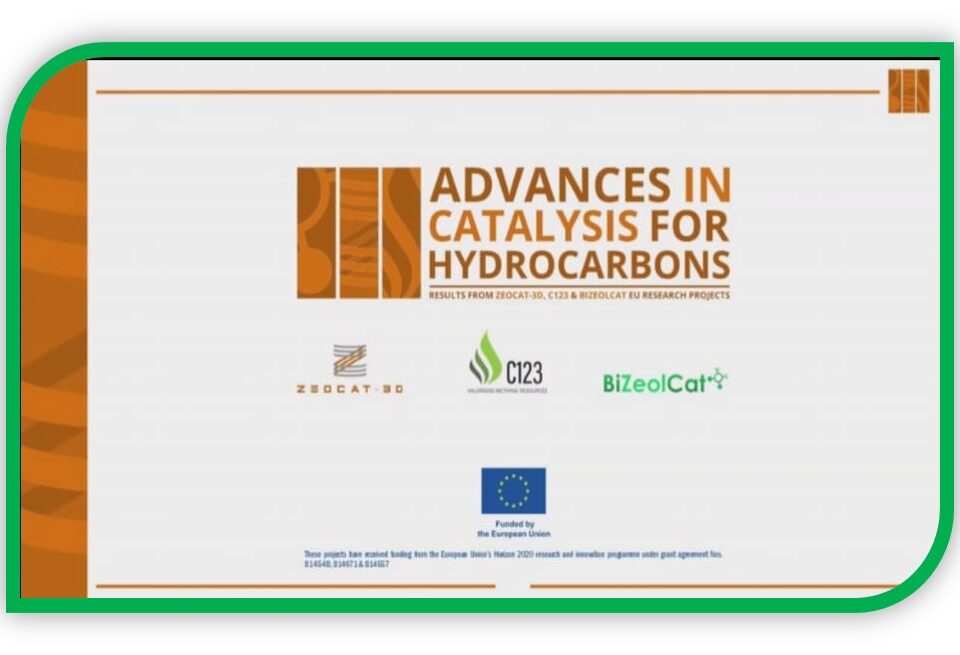- Have any questions?
- info@bizeolcat.eu

UNPRECEDENTED VIRTUAL FORUM
November 16, 2020
BIZEOLCAT informs: from gas flaring to valuable chemicals: how?
February 18, 2021First-Principles-Based Multiscale Modelling of Nonoxidative Butane Dehydrogenation on Cr2O3(0001)

First-Principles-Based Multiscale Modelling of Nonoxidative Butane Dehydrogenation on Cr2O3(0001)
Autors: by Drejc Kopač, Damjan Lašič Jurković, Blaž Likozar and Matej Huš
Date: 10/12/2020
Propane and butane are short straight-chain alkane molecules that are difficult to convert catalytically. Analogous to propane, butane can be dehydrogenated to butenes (also known as butylenes) or butadiene, which are used industrially as raw materials when synthesizing various chemicals (plastics, rubbers, etc.).
In this study, we present results of detailed first-principles-based multiscale modelling of butane dehydrogenation, which can be paralleled to experimental data.
We found that among all the dehydrogenation products 2-butene (CH3CHCHCH3) is the most abundant product of dehydrogenation, with selectivity above 90%, concluding that the dehydrogenation of butane is a viable alternative to conventional olefin production processes.

